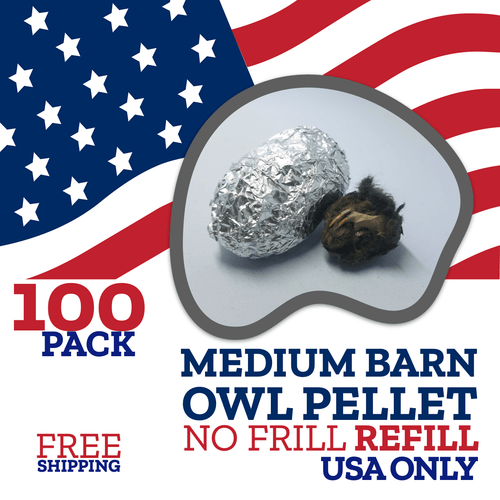|
How much do you know about vultures? These birds have a very important role in our environment that you may not have known before!
What Are Vultures?
Vultures are large birds that eat carrion, the flesh of dead animals.1 There are 23 species of vulture and they’re divided into two groups: Old World Vultures and New World Vultures. Old World Vultures live in the eastern hemisphere, while New World Vultures live in the western hemisphere.2
The three species of vulture in North America include:
- Turkey Vulture
- Black Vulture
- California Condor3
Vultures prefer open areas in which they can scan around for their meals.3 Old World Vultures build their nests on cliffs or in trees and lay one egg. New World Vultures, however, don’t build nests. They lay their two eggs in cavities they find in cliffs or trees.1
How Do Vultures Help the Environment?
It may have been your last guess, but vultures are an integral part of the health of our world. Because they eat dead animals, they provide the important service of getting rid of carcasses efficiently.
Their stomach acids kill off pathogens and so they limit the spread of bacteria and diseases that pose a threat to both animals and humans like rabies and anthrax.2
Studies have shown that with the absence of vultures, carcasses took three times longer to decompose. This also meant that the amount of animals eating from the carcasses and the amount of time they spent by it tripled. This is a big problem because the more time they spend around each other, the more likely it is that diseases will spread between them.2
Vultures make sure carcasses are consumed quickly, which limits the amount of insects present and in turn protects many animals, including us, from some deadly diseases.2
What Threats Do They Face?
The biggest threat vultures face are from poisons. Of the 23 species, only 7 are listed as of Least Concern. 3 are Endangered and 9 are Critically Endangered.2 In the Americas, their populations are recovering, in Africa, they’re numbers are declining, and in India, their populations crashed by 97% in the 1990s.2
Most of this is from poisoning. In the Americas, lead ammunition is still a big threat to these birds. In India, these birds were killed from eating cow carcasses that had an anti-inflammatory drug in their system called diclofenac.2
In Africa, they face threats from livestock owners, poachers, and from those who kill them for traditional medicines. Livestock owners are constantly trying to keep their animals safe. One of the big threats to their livestock is lions. When lions attack their livestock, they’ll go out and poison the remains of the dead animal, in order to poison the lions when they come back to eat.2
The vultures that then arrive on the scene to eat the dead livestock and lions, are then poisoned. Poachers also poison them because they think vultures will give their position away when they’re hunting species they’re not supposed to.2
Although vultures may not seem very glamorous compared to other bird species, they are very important to the health and safety of our environments. Without them, the lives of our domesticated animals, wild animals, and our own lives are at risk.
Many birds have qualities that surprise us! Like the Northern Pygmy Owls, who are so tiny and yet can take down prey three times bigger than themselves. Check out our blog post here all about them if you missed it!
|



